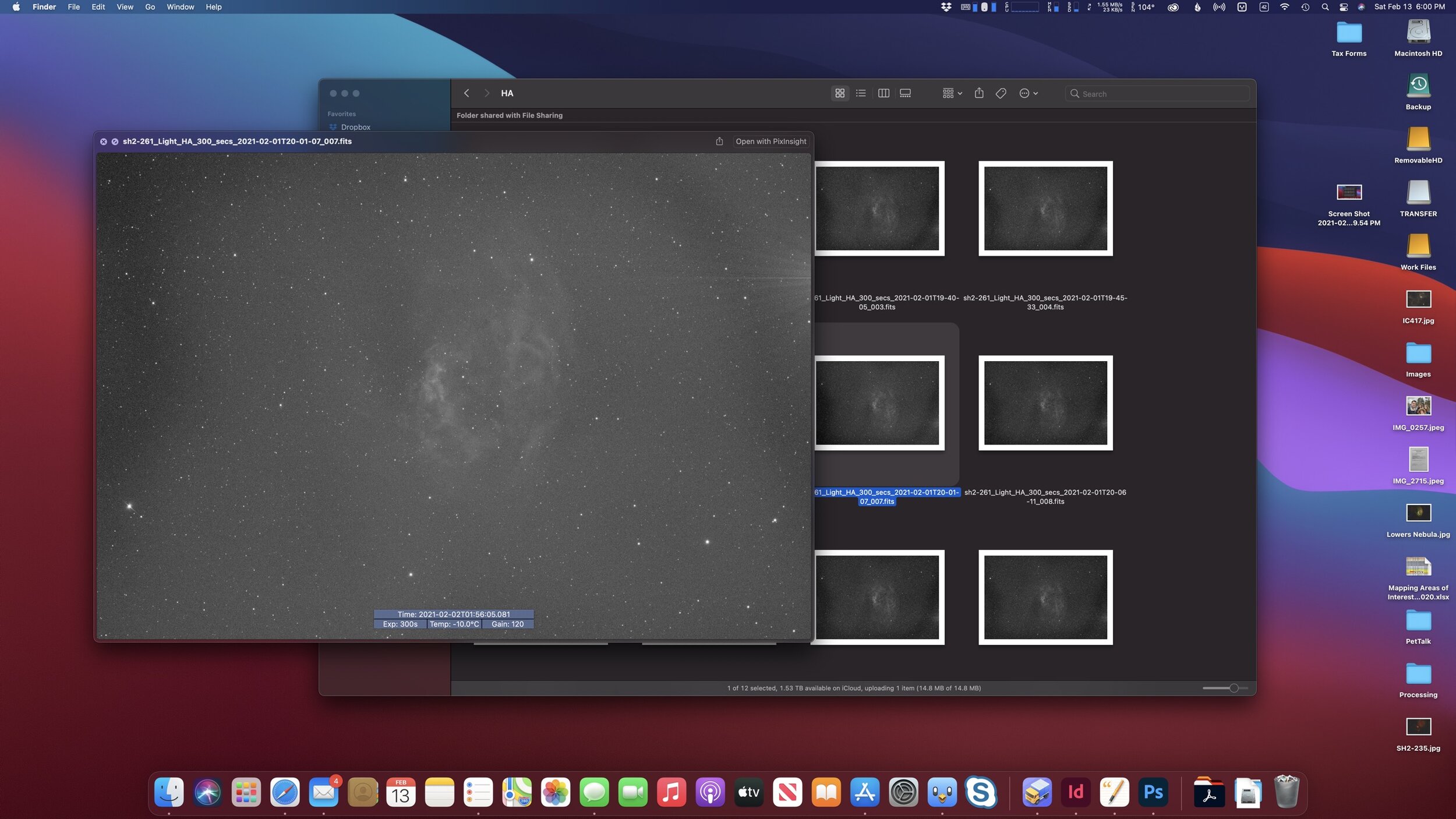
- STAR STACKING SOFTWARE FOR MAC MOVIE
- STAR STACKING SOFTWARE FOR MAC MANUAL
- STAR STACKING SOFTWARE FOR MAC ISO
It is by no means the end all be all, however I have found it very simple to use with great results. The program I’ve found great success with is TawbaWare’s Image Stacker. Now it’s time to let a computer take over. Aperture should be as open as you can stand it based on placement of subjects and required depth of field. I’ve found optimal shutter lengths to be between 10 and 30 seconds, but some cameras work well with the shutter open for one or two minutes. For me, shots in pitch black over 30 seconds will show ‘hot spots’ on the sensor colored points that repeat in the same location picture after picture. I’ve found my camera gets increased sensor noise on longer shots. Shutter speed can be set as low (or high, depending on your point of view) as 1 second or the shutter held open for minutes at a time. At best, it means more time in post processing removing the noise.
STAR STACKING SOFTWARE FOR MAC ISO
If the ISO is too high and the in camera noise reduction less than optimal you can experience a large amount of camera noise that will interfere with the star trails. This depends largely on the amount of light and camera being used.

Next set the ISO around 200, but experiment as with all settings suggested here. Having subjects further away allows for a larger aperture and better light gathering at shorter shutter speeds, which has its advantages explained in a moment. This depends on how close to subjects the camera is set. If your camera can not focus in such darkness you’ll need to manually set focus either on a close by object or just off of your lens’ infinity setting. In- camera metering is not going to like how things are set up and most settings will need to manually set. With your camera firmly in place it’s time to check exposure settings before shooting. A few options will be discussed at the end of this post as well as in the comments section. Image stacking software allows for the overlay of multiple images while combining the details. This is the best unattended setup if you wish to wait some place warm while your camera takes care of the pictures. A good timer will allow for setting of the shutter speed, number of shots and interval between shots. If the remote has a timer function it is golden for use with this type of photography. The remote shutter release unit is best used to reduce camera shake from pressing the shutter release button as it is used off camera (some are even cordless).
STAR STACKING SOFTWARE FOR MAC MANUAL
STAR STACKING SOFTWARE FOR MAC MOVIE
The resulting image can be saved in Jpeg,TIFF or BMP format.Īnother feature is the creation of a time-lapse movie as an "AVI"-file.


This averaged image is brightend internally and at the end of the processing blended in "lighten"-mode into the resulting image Optionally you can average some of the images to get a better signal to noise ratio for the sky-background or the foreground. Zooming into the images is done with the mouse-wheel. If there are some images you don't want you can uncheck them. You can load the Images and optionally some ames (will be averaged and subtracted automatically if exist). This is why I decided to develop the "Startrails.exe" Taking the images is easy, stacking them (usually about 200 to 300 images) in Photoshop is not too much fun. The big advantage is that the background heaven will stay as dark as on the single exposures. Instead of taking one long exposure one can take many shorter exposures and combine them in Photoshop.

With modern digital cameras is it relatively easy to get decent startrail-images.


 0 kommentar(er)
0 kommentar(er)
